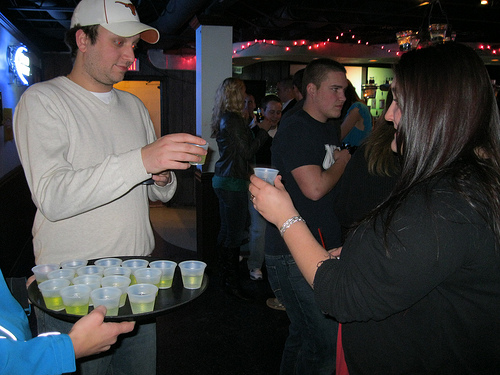
We presented the findings from a 17-week, 22-market sampling program today. The brand reached over 100,000 consumers over the course of 17 weeks with a message focused on new ways to enjoy the product.
The Three Primary Measurement Goals
In any experiential program, the primary measurement goals should focus in on three areas:
- Reach: How often are you reaching the right consumer?
- Impact: To what degree are you creating purchase intent and/ or advocacy where it didn’t previously exist?
- Experiential ROI: Is this combination of reach and impact creating incremental revenue that is equal to or greater than the all-in marketing costs. Otherwise said, what’s the Experiential Return-on-Investment (ROI) and how do we maximize it?
PortMA has been working on this brand with our agency partners for several years now and we’ve enjoyed being a part of the brand’s strategy evolution. By focusing on the three core objectives, the measurement strategy used to evaluate the performance of the sampling program has allowed the team to both monitor progress toward the experiential KPI (Key Performance Indicators), but also provide input into the overall brand strategy.
Not all consumer types respond the same way.
You can identify particular markets that respond better to the message being delivered. When the message to market match are in alignment, the ROI skyrockets. That was the case with the program here.
The brand strategy research told us that the target demographic was men and women under the age of 30. We found that, when we were talking to anyone under 30, the impact was two or more times higher than when we were talking to older consumers. However, men and women were responding differently.
Women were happy to experiment with the product usage options in public, reporting that they’d buy and consume in a public venue (bar, restaurant, etc.), but men were less inclined to do so. In fact, we didn’t detect any significant impact or increased purchase intent with men in those settings. However, when we asked about home consumption, men came on board and reported significant increases in purchase intention over our control group.
This showed us that that we needed to build a greater level of versatility into future activation and that guys were getting the message, but just wanted to be a bit more private about how they applied what they had learned. Women, on the other hand, were indicating a solid, public purchase intent along with high levels of social advocacy that future activation would need to find way to leverage.
The experiential agency we work with is great at creating relevant, exceptional activation strategies for brands. We’re always happy when we can provide true insights that not only clearly documents the ROI of the program overall (226% here), but also provides clear direction on how to enhance future activation for even better returns. The brand clients are a fan of this approach as well.
Photo Source: http://www.flickr.com/photos/drinkhoist/5619797644/
